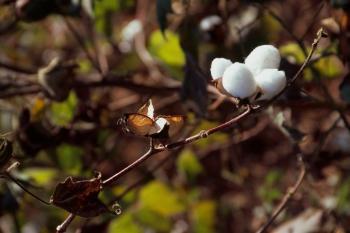.eventnode.jpg)
Location: Goethe Zentrum – hermitage complex – hill fort road (abutting Kalanjali, opposite State Assembly)
City: Hyderabad
Date: Sat, 2011/11/19 – 5:30pm
Price: Free entry – Open to all
Duration: 90mins
Since 1995, a quarter of a million Indian farmers have committed suicide – the largest wave of recorded suicides in human history. Most of them were cotton farmers from Vidarbha in Maharashtra.
You need iron in your soul to walk through the villages in Vidarbha region of India. There is hardly a farmer here who is not under debt and rarely will you come across a village The agriculture policies of the Government and their collusion with multinational corporations eyeing the vast market in India – are exposed by the testimonies of farmers and scientists. Torn between aggressive marketing of supposedly ‘better varieties’ of transgenic crops by the State and his traditional wisdom of low-cost and eco-friendly agriculture, the farmer ultimately lands up in the honey trap of Bt. The result is in an unending cycle of debt and misery.where there has been no suicide. This cotton-growers belt once known for its fine cotton produce is known for cotton farmers’ suicides today. It is now termed as the ‘graveyard of farmers’ by statisticians.
Vidarbha region in the state of Maharashtra – one of the richest states in India – has the highest instance of farmer suicides in India. With over 2.5 million tribal people, it is a classic case of a forest and mineral-rich region languishing while the funds for development are siphoned off to the ‘influential’ districts in the state. The voice for a separate statehood for Vidarbha is gaining momentum.
The feature-length documentary, ‘Cotton for My Shroud’ is not reportage. The film tries to understand from a grass-roots perspective what is driving cotton farmers in India to despair – is it just a crisis of farm credit and the stranglehold of the moneylender or are they victims of faulty paradigms of development.
The agriculture policies of the Government and their collusion with multinational corporations eyeing the vast market in India – are exposed by the testimonies of farmers and scientists. Torn between aggressive marketing of supposedly ‘better varieties’ of transgenic crops by the State and his traditional wisdom of low-cost and eco-friendly agriculture, the farmer ultimately lands up in the honey trap of Bt. The result is in an unending cycle of debt and misery.
